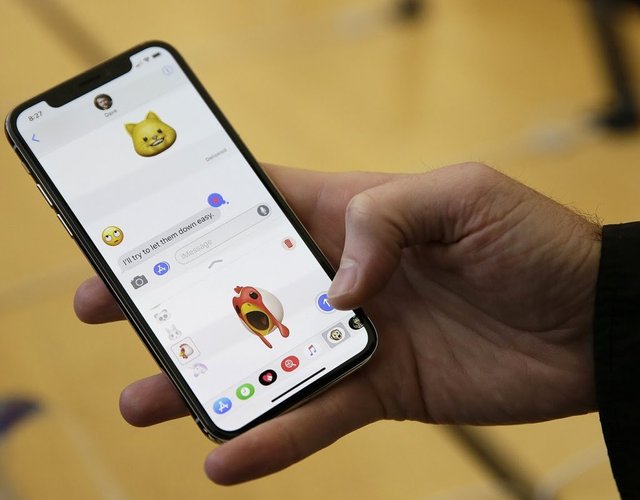I think Apple realized the iPhone X is too expensive
 When rumors first emerged last year that the iPhone X was going to cost $1,000 at launch, you could virtually taste the skepticism in the air. A phone that expensive would be too pricey to appeal to most consumers, the thinking went, and Apple would be left with a flagship phone that no one could afford.
When rumors first emerged last year that the iPhone X was going to cost $1,000 at launch, you could virtually taste the skepticism in the air. A phone that expensive would be too pricey to appeal to most consumers, the thinking went, and Apple would be left with a flagship phone that no one could afford.
Nearly five months after the iPhone X’s launch, it’s clear that there is some appetite for phones that cost north of $999, and the iPhone X hasn’t been a flop by any measure. But supply-chain reports have suggested that the iPhone X, while successful, hasn’t met pre-launch sales estimates, and it seems like Apple might be rethinking its pricing strategy for 2018.
A new report from RBC Capital Markets analyst Amit Daryanani sheds some light on what we might see when Apple launches its new iPhones later this year. It’s widely expected to debut three new models, and Daryanani thinks the lineup will include a second-gen iPhone X for $899, a $100 price cut on the current version. “The refreshed 5.8″ OLED (XI) could be priced at $899 ( $100 cheaper vs. current iPhone X) and the larger 6.5″ OLED could be priced at $999,” Daryanani wrote. “This would effectively lower the average ASP’s but we think will drive a stronger unit growth.”
The report also has some details on what the new devices might look like. “Two OLED devices – 5.8 inch form factor and a larger 6.5 inch form factor; one LCD model 6.1 inch size,” the note says. “The larger device is likely targeted at China, where the form factor has been popular in the past. The LCD device is likely to have aluminium edges vs. premium steel in other two devices. All three phones are expected to have Face ID (no home button) and likely to be more powerful devices vs. past generation.”
Taking Daryanani’s predictions at face value, this could make for the most diversified iPhone lineup we’ve ever seen, and the best range of options for consumers. The flagship would be a $999 6.5-inch iPhone X Plus, and a smaller but functionally similar iPhone X for $899. The step-down version would be the 6.1-inch LCD iPhone, which could be around $699 or $750. That version would lose the OLED screen, and also potentially some high-end features like a simpler rear camera. Further down the line-up, I’d expect to see the iPhone 8 and 8 Plus, as well as the iPhone SE, live on as cheaper options for consumers.
All this is good news for Apple fans who have become weary of prices creeping ever higher, but it also marks a departure from Apple’s traditional strategy. It really wasn’t a long time ago that Apple only made one iPhone a year, because it figured that one device had the right mix of performance and value for money to appeal to everyone. The launch of the iPhone 6 Plus seemed like a tacit admission that not everyone wanted the same form factor, but the two-device system at least shared most features between both phones. With a lineup that includes three very different phones per year, Apple could be descending into the same kind of fragmented hell that Android has occupied for years.
Still, let’s not lose sight of the important detail here: The normal-sized second-gen iPhone X could well be getting a price cut this year, which is good news for Apple, and even better news for everyone upgrading.